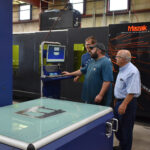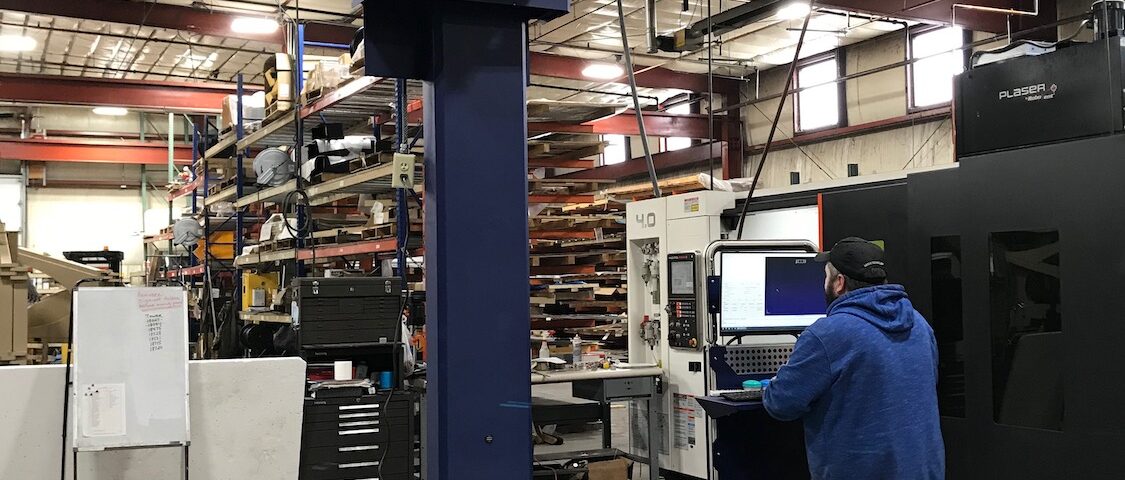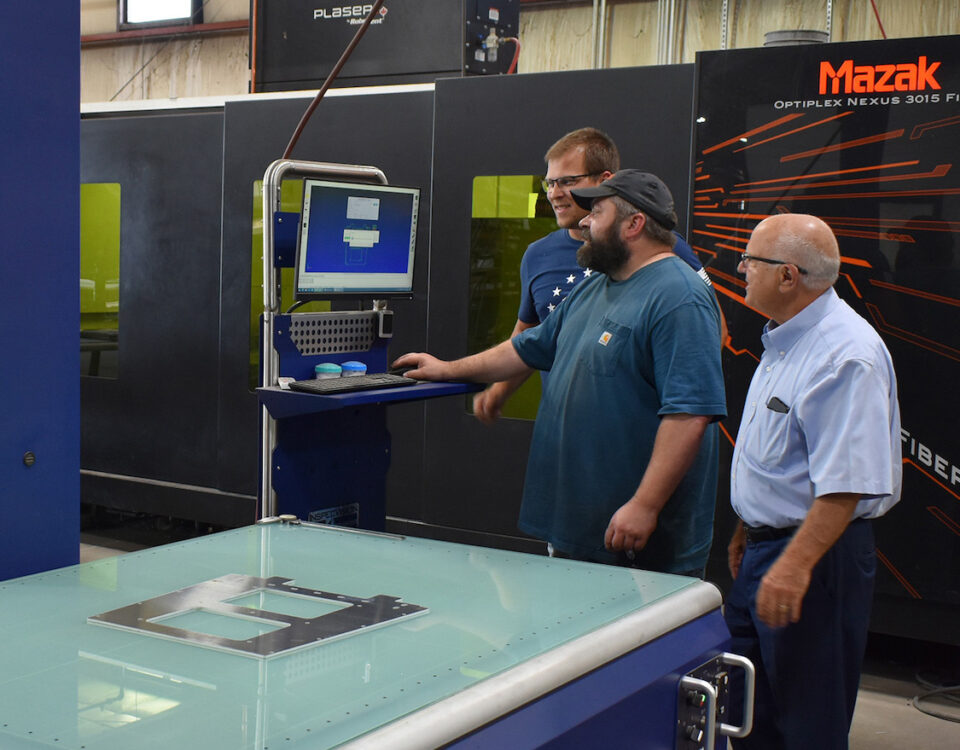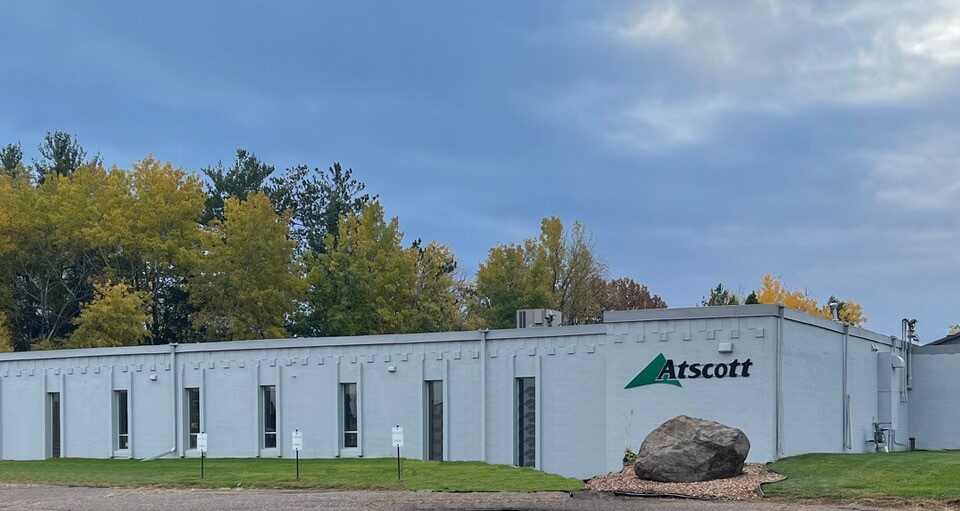
The Role of CNC Precision Machining in Modern Manufacturing
April 29, 2025Choosing the Right Hydraulics Company: Key Considerations Before You Hire
June 26, 2025At Atscott Manufacturing Inc., located in Pine City, MN we are a full-service machine shop, we specialize in high-quality machined components and comprehensive metalworking solutions. From small part production—both low and high volume—to large-scale assemblies, we offer turnkey machining services tailored to your project’s needs. At Atscott Manufacturing there is no job too big or too small, we service the entire Twin Cities Minnesota Metro area.
Among our core capabilities are horizontal and vertical milling—two fundamental processes in precision machining. In this guide, we’ll explain the differences between them and help you determine which is best suited for your application.
What Is Horizontal Milling?
In horizontal milling, the spindle of the CNC machine is positioned horizontally, allowing the cutting tool to move side-to-side across the workpiece. The cutting tools, often disc-shaped like saw blades, are designed for deep and heavy material removal.
Horizontal milling is ideal for machining large or heavy components and is commonly used for:
- Grooves and slots
- Angled cuts
- Sinking dies
- Multiple-side machining
Benefits of Horizontal Milling:
- Versatility: Supports a wide variety of tools and speeds for different materials and geometries.
- Superior chip evacuation: The horizontal orientation prevents chip buildup, ensuring cleaner cuts and better finishes.
- Multi-plane machining: Capable of cutting multiple sides of a workpiece in a single setup, increasing efficiency.
What Is Vertical Milling?
Vertical milling machines feature a vertically oriented spindle that moves up and down, cutting directly into the top of the workpiece. These machines come in two types:
- Bed mills: Equipped with a movable table that supports full 3-axis movement.
- Turret mills: Feature a stationary spindle and a movable table for more limited operations.
Benefits of Vertical Milling:
- Cost-effective: Vertical mills are typically less expensive than horizontal mills, offering a more affordable solution for manufacturers and clients.
- Widespread expertise: Vertical milling is the industry standard, making skilled operators readily available.
- Lower risk of error: The upright orientation makes it easier to monitor operations, catch misalignments, and reduce material waste.
Which Milling Process Is Right for Your Project?
The ideal process depends on several factors, including:
- Size and weight of the workpiece
- Complexity of the part geometry
- Number of sides that require machining
Choose horizontal milling for:
- Large or heavy components
- Projects that require deep cuts or multi-plane machining
- Die sinking and similar applications
Choose vertical milling for:
- Simpler parts
- Cost-sensitive projects
- Jobs where visibility and precision are key
Horizontal and Vertical Milling Services at Atscott Manufacturing
At Atscott Manufacturing Inc., serving all of Minnesota we are experts in both vertical and horizontal milling techniques. Our advanced equipment, experienced machinists, and commitment to quality allow us to deliver custom machined parts with precision and efficiency.
Need help deciding which method is right for your next project? Contact us today to speak with a machining expert or request a quote to get started.


